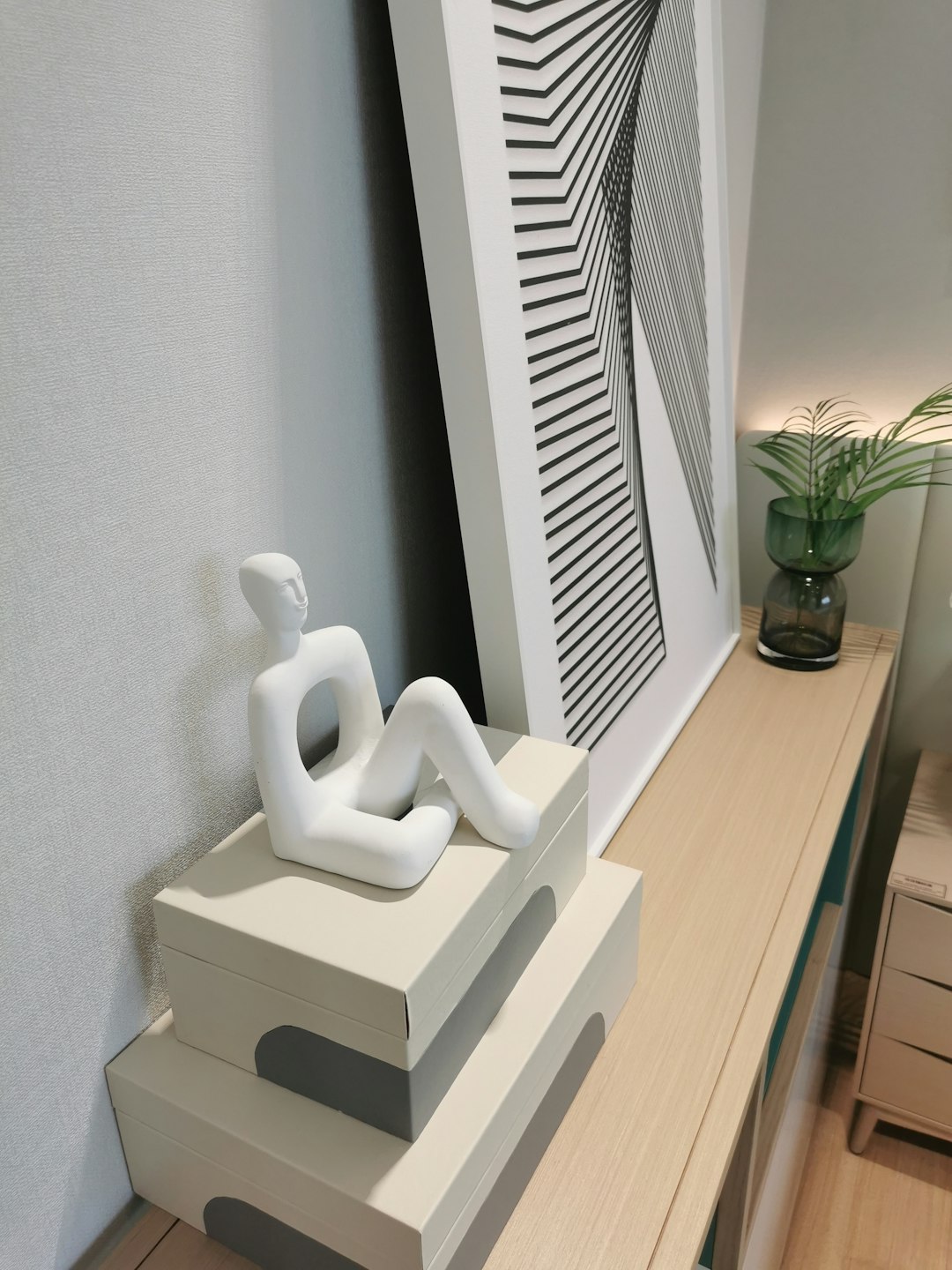
CPUs are the beating heart of modern computers, running millions (if not billions) of operations every second. With that incredible processing power comes heat—sometimes a lot of it. If you’re a gamer, video editor, overclocker, or simply a concerned PC user, understanding safe CPU temperature ranges is critical to protecting your system’s performance and longevity.
TL;DR: What Temperature Should a CPU Not Exceed?
Generally, a CPU should never exceed 85°C (185°F) for extended periods. Most modern CPUs have built-in thermal protection and will begin to throttle around 90–100°C to avoid permanent damage. The ideal safe temperature under full load typically lies between 60°C and 80°C. If your CPU reaches 90°C or above under load, it’s time to evaluate your cooling solution or system airflow.
Understanding CPU Temperature Ranges
To ensure optimal performance and prevent damage, it’s important to know the different thermal thresholds your CPU may encounter. Here’s a rough guideline for most desktop and laptop CPUs:
- Idle: 30°C to 50°C — Normal for basic operations like browsing or word processing.
- Moderate Load: 50°C to 65°C — During multitasking, heavy browsing, or routine software use.
- Full Load: 65°C to 80°C — Acceptable under gaming or rendering conditions.
- Maximum Safe Limit: 85°C to 90°C+ — Approaching critical, with risk of thermal throttling or shutdown.
Different CPUs have different tolerance levels, but these values offer a good reference range for most systems. Always consult the official documentation for your specific processor to know the exact thermal limits defined by the manufacturer.
Manufacturer Maximum Temperature Guidelines
Both Intel and AMD CPUs specify a maximum junction temperature—often referred to as Tj Max. This is the temperature at which the CPU will initiate protective measures to prevent overheating. Here’s how the two major brands compare:
- Intel: Most models have a Tj Max of 100°C. Thermal throttling usually begins around 95°C to protect the chip.
- AMD: Many Ryzen processors have a Tj Max of 95°C to 105°C. They may begin throttling in the 90s°C range, depending on the specific model.
You can often monitor your CPU’s temperature and Tj Max using diagnostic software like HWiNFO, Core Temp, or AMD Ryzen Master.
What Happens When Your CPU Gets Too Hot?
Operating a CPU at higher-than-recommended temperatures isn’t just bad for immediate performance—it can also jeopardize the component’s long-term health. Here’s what can happen:
- Thermal Throttling: The CPU reduces its clock speed to lower temperature, resulting in lag and slow performance.
- System Instability: Heat can trigger errors and system crashes during intensive tasks.
- Permanent Damage: Long-term exposure to extreme heat may degrade silicon and reduce CPU lifespan.
- Shutdowns: If cooling fails entirely, the system may shut down abruptly to avoid irreversible damage.

How to Monitor Your CPU Temperature
Keeping an eye on your CPU’s temperature is easy thanks to a variety of free and reliable tools. Here are a few popular options:
- Core Temp: Simple and lightweight for monitoring per-core temperatures.
- HWMonitor: Gives a detailed view of many system components, including CPU temps, voltage, and fan speed.
- HWiNFO: Offers in-depth analysis, great for advanced users and overclockers.
- AMD Ryzen Master: Official AMD tool ideal for Ryzen users.
- Intel Extreme Tuning Utility: Intel’s official program for monitoring and tweaking processor parameters.
Most of these programs allow you to set alerts and manually log data for in-depth monitoring and analysis over time.
Why CPU Cooling Matters
Efficient cooling is crucial if you want consistent performance, especially under stress conditions like gaming or video rendering. Here are the primary types of cooling available:
1. Air Cooling
Most CPUs come with a stock air cooler, which is adequate for light usage or moderate work. However, aftermarket air coolers provide better thermal performance and quieter operation.
2. Liquid Cooling
For those pushing their systems—especially overclockers—liquid cooling provides superior heat dissipation. All-in-one (AIO) liquid coolers are easy to install and very effective in maintaining low CPU temps.
3. Custom Cooling Loops
High-end users looking for aesthetics and extreme performance may opt for custom water-cooling setups. These are complex but deliver the best thermal performance and visual appeal.
No matter the cooling method, it’s essential to use quality thermal paste and ensure proper installation for maximum heat transfer.
Tips for Maintaining Safe CPU Temperatures
Here are some practical steps you can take to ensure your CPU remains within a safe temperature range:
- Clean the Dust: Regularly clean fans, vents, and heat sinks to prevent dust buildup that blocks airflow.
- Reapply Thermal Paste: Every few years, or when installing a new CPU cooler, replace the thermal paste to maintain effective heat conduction.
- Ensure Proper Airflow: Arrange cables neatly and use enough case fans to create a front-to-back airflow pattern.
- Avoid Overclocking—Or Do It Right: Overclocking increases heat output. If you must overclock, ensure your cooling solution can handle it.
- Monitor Often: Use temperature monitoring software during intensive tasks to catch issues early.

When It’s Time to Worry
It’s normal for a CPU to get warm—very warm, even—under heavy load. But consistent temperatures above 85°C during gaming or intense workloads should raise concern. If your CPU idles above 60°C, you might have a cooling issue even before stressing the system.
Drastic and sudden increases in temperature could indicate:
- Improperly seated cooler
- Dried-out or poorly applied thermal paste
- Clogged or failing fans
- High ambient room temperature
Investigate these clues early to avoid expensive repairs down the road.
Special Considerations for Laptops
Laptops are more thermally constrained than desktops, so don’t be surprised if your laptop CPU hits 80°C to 90°C under load more often. While this is within safe range for short bursts, frequent overheating leads to throttling and battery wear.
To help mitigate this:
- Use a cooling pad for better airflow underneath
- Elevate the rear of the machine when possible
- Regularly clean intake and exhaust vents
Manufacturers tend to design laptops around the edge of performance limits, so extra care goes a long way.
Conclusion
Maintaining safe CPU temperatures is essential for performance, system stability, and component lifespan. While modern CPUs are designed to handle high temperatures and include thermal protection mechanisms, it’s best to keep your CPU under 85°C whenever possible. Proper cooling, regular maintenance, and temperature monitoring are all key to a healthy system.
Don’t wait for thermal throttling or system crashes to signal there’s a problem. A proactive approach can save your CPU—and your wallet—from unnecessary damage.






